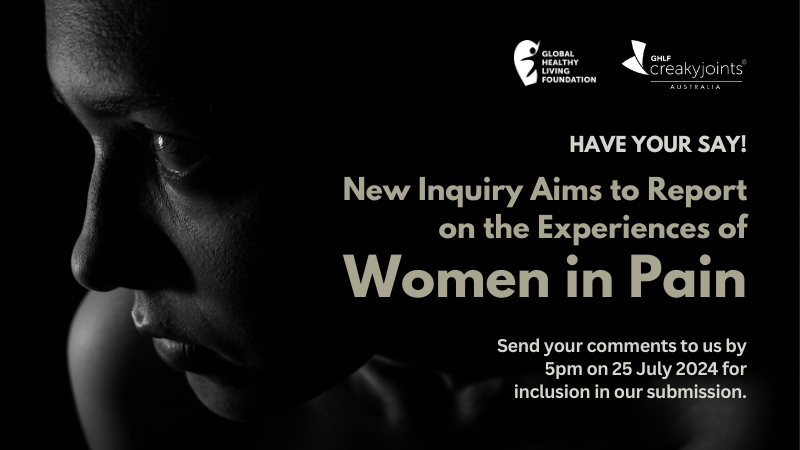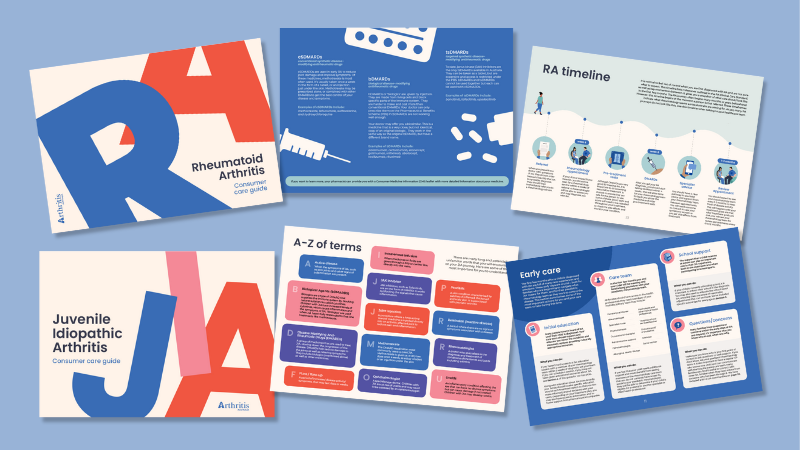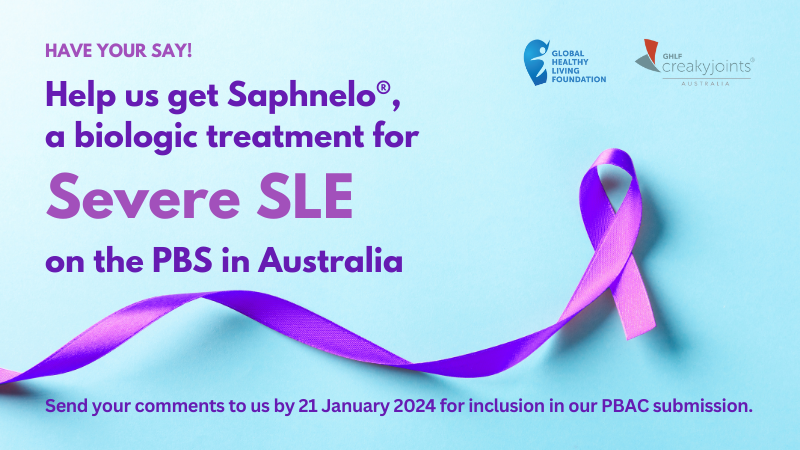

Updated 24 July 2020
Since the outbreak of COVID-19, people with chronic conditions have been very concerned about the potential risks to their personal health. The fear of the unknown was, understandably, very much on our minds so we followed all the government advice strictly and some also donned masks in public. Many of us went into self-imposed isolation early on and have stayed there to varying degrees since.
We’ve since learned that we are not necessarily at greater risk of catching the coronavirus than the rest of the population but we are more likely to experience more severe symptoms if we do get it. So, as we’re now dealing with escalating cases and new mask regulations in some parts of the country and eased restrictions in others, it’s hard to keep track of what we should be doing to protect ourselves and those around us.
Reassessing Our Circumstances
One of the reasons many of us have been confused about whether to use a mask in public or not is due to the conflicting information we’ve seen in the news from other countries. Therefore, we need to base our decisions on the current circumstances in Australia.
Thankfully, during our first wave, we did not see the sheer volume of infections and deaths from COVID-19 that other countries are contending with. That’s partly due to geography, partly to our relatively small and widespread population and partly to early government and community responses. However, with a second wave now rapidly spreading through Victoria and parts of NSW, it’s time for us to stop and reassess all our COVID-19 responses.
There are now differences in the size of allowable public gatherings and travel restrictions within each state or territory. Check your local news and state government websites for the latest restrictions in your area. Face coverings regulations also depend on where you live and the circumstances around you.
When and Where Should You Wear a Mask in Public?
Australian Government general recommendations
In the early stages of the pandemic, the Australian Government did not recommend the wearing of face masks in public as our infection rate was extremely low. Their latest fact sheet Be COVID Safe: When should masks be worn in the community, in Australia? (released on 9 July 2020) states:
“The advice about wearing masks in the community has been the same since the pandemic began: it is not generally recommended. The chance of coming into contact with someone with COVID-19 is low. Most states and territories are easing restrictions and it is important to continue to take steps to protect yourself.”
By now, we are all very familiar with the recommendations of staying at home when unwell, maintaining 1.5 metre physical distancing and practicing effective hand, cough and respiratory hygiene. These are still consistent across the country.
Over the last few months, research across the world has been increasingly showing that wearing masks has more of an effect on slowing the spread of coronavirus transmission than previously understood.
The Australian Government recommendations now include the following clarification:
“If you are in a region where community transmission is occurring, you should take extra precautions, in some circumstances. If physical distancing is difficult to maintain, e.g. in public transport, covering your face with a mask can provide some extra protection. You will still need to maintain all the regular protection measures.”
This is especially true if you are at increased risk of severe illness if infected. In these circumstances, wearing a face mask may give you some additional protection and help to ease your anxiety when around others.
“The main value of wearing a mask is to protect other people. If the person wearing the mask is unknowingly infected, wearing a mask will reduce the chance of them passing the virus on to others.”
It stands to reason, then, that if all those in close physical proximity wear masks, the risk of community transmission becomes lower still.
New Victorian Government regulations for face coverings
Unfortunately in Greater Melbourne and adjoining Mitchell Shire, the number of daily new cases of COVID-19 infection rates has jumped from almost zero in late June to well over 300 per day (as of the time of writing). There are also concerning hotspots spreading in regional Victoria. Most of these cases are due to community transmission, either unknowingly or as a result of careless actions. There is a lot of research being done on how community transmissions occur so we all need to be vigilant in the meantime.
To help curb this rapid spread, the Victorian Government recently reimposed Stage 3 lockdown restrictions for Greater Melbourne and Mitchell Shire. If you live in these areas, you can only leave home for one of the four reasons – shopping for food and supplies, care and caregiving, exercise, and study and work, if you can’t do it from home.
On top of that, new face covering regulations will take effect from midnight on Wednesday 22 July.
“If you live within metropolitan Melbourne or Mitchell Shire, you must wear a face covering whenever you leave your home, unless an exception applies. A face covering needs to cover both your nose and mouth. It could be a face mask or shield.”
This does not mean that you will have to wear medical-grade masks. It just means that you have to wear a suitable covering over your nose and mouth. A covering could include:
- A fabric face mask. Preferably with three layers, but one or two layers can still be beneficial. If you don’t have a manufactured mask, you can make one yourself or use a scarf or bandana if necessary. There are numerous online resources with tips on how to make or buy fabric masks.
- A disposable face mask. These are available through many retail outlets such as chemists and hardware suppliers.
- A face shield. This means any film made from plastic or other transparent material designed or made to be worn like a visor, covering from the wearer’s forehead to below the chin area and wrapping around the sides of the wearer’s face, to provide the wearer protection.
All lockdown and face covering regulations for Greater Melbourne and Mitchell Shire will be in place until at least mid-August and the face covering regulations will likely continue for much longer. These are enforceable by law and non-compliance will attract significant fines.
Acceptable exemptions from wearing a face covering in Victoria
If you live outside the Greater Melbourne and Mitchell Shire areas you are not currently required to wear a mask in public. If you do live within these areas, there are some legitimate reasons for not wearing a mask. These are outlined in the Victorian Department of Health and Human Services (DHHS) Updated restrictions – 11.59pm Wednesday 22 July 2020
A face covering is not required in the following circumstances:
- Infants and children under the age of 12 years.
- A person who is affected by a relevant medical condition – including problems with their breathing, a serious skin condition on the face, a disability or a mental health condition. This also includes persons who are communicating with a person who is hearing impaired, where the ability to see the mouth is essential for communication.
- Persons for whom wearing a face covering would create a risk to that person’s health and safety related to their work, as determined through OH&S guidelines.
- Persons whose professions require clear enunciation or visibility of their mouth. This includes teaching or live broadcasting.
- Professional sportspeople when training or competing.
- When the individual is doing any exercise or physical activity where they are out of breath or puffing; examples include jogging or running but not walking. You must have a face covering on you and wear it when you finish exercising.
- When directed by police to remove the face covering to ascertain identity.
- The person is travelling in a vehicle by themselves or with other members of their household.
- When consuming food, drink, medication or when smoking/vaping.
- When undergoing dental treatment or other medical care to the extent that the procedure requires that no face covering may be worn.
- When entering or inside a financial institution, like a bank.
- During emergencies.
You must carry a face covering with you when leaving home for one of the four reasons, even if you don’t need to wear it while undertaking your current activity, for example, you can take your face covering off to eat. If you have a medical condition that prevents you from wearing a face covering at all times you don’t need to carry it with you.
The DHHS update also includes answers to frequently asked questions about the new regulations.
Useful Resources
As the COVID-19 situation is constantly changing, regulations and guidelines are being regularly updated. It is important to regularly check the information relevant to your local area for updates.
For general COVID-19 information, visit the following sites:
- Australian Government: National Coronavirus Helpline 1800 020 080
- Australian Government Department of Health: Coronavirus (COVID-19) health alert
- Australian Government: Coronavirus (COVID-19) advice for people with chronic health conditions
- Australian Government: Coronavirus (COVID-19) resources for the general public
- Victorian Department of Health and Human Services: Coronavirus
- People with Disability Australia: Information About COVID-19 Or Coronavirus
- Ideas Australia: Disability Information Helpline 1800 643 787
- Every Australian Counts: NDIS and the Coronavirus
- National Disability Insurance Scheme (NDIS): Coronavirus information
- Consumers Health Forum of Australia (CHF): Be Health Aware
For information on wearing face masks for COVID-19 visit the following sites:
- Victorian Department of Health and Human Services: Reusable face masks for vulnerable Victorians
- Victorian Department of Health and Human Services: COVID-19 update/Face coverings
- Australian Government: Be COVID Safe: When should masks be worn in the community, in Australia?
- Victorian Department of Health and Human Services: How to make a cloth mask: Instructions for making a cloth face mask
- World Health Organisation: Q&A for Masks and COVID-19
- Every Australian Counts: Get your mask on!
Lifehacker Australia: How to Make a Face Mask Using Just a Sock
As with many of our other healthcare decisions, a lot comes down to our individual situations and making informed choices. We also need to remember to respect the choices of others and to accept that they will have varying degrees of anxiety and acceptance related to this issue. Be kind and supportive to all those around you.
Keep Reading
- Coronavirus: All You Need to Know About Getting Tested for COVID-19
- Living With Arthritis During COVID-19: Education and Support Resources
- COVID-19: How to Access your Prescription Medications From Home – Updated 15 April 2020
- I Have a Bad Case of ‘Reopen Envy,’ A Chronic Illness Patient Confesses
- EULAR 2020: 50+ Updates That Co




